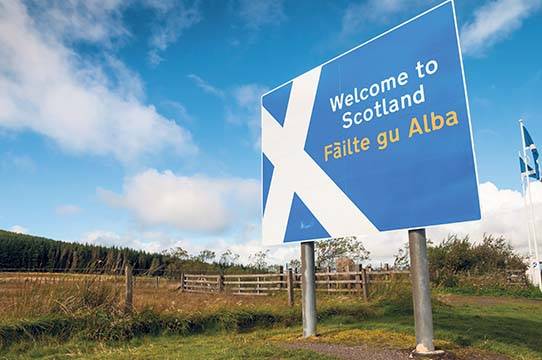 BREAK FOR THE BORDER
IT'S PRODUCED a World Cup-winning captain and hosted two Challenge Cup finals, but can rugby league ever take root in Scotland?
Attempts to establish the game North of the border stretch back more than one hundred years.
But despite plenty of effort, there are still only a small number of enthusiasts playing the 13-a-sid
BREAK FOR THE BORDER
IT'S PRODUCED a World Cup-winning captain and hosted two Challenge Cup finals, but can rugby league ever take root in Scotland?
Attempts to establish the game North of the border stretch back more than one hundred years.
But despite plenty of effort, there are still only a small number of enthusiasts playing the 13-a-sid Our journey around the villages, towns and cities that have rugby league running through their veins heads north of the border to Scotland.
 BREAK FOR THE BORDER
IT'S PRODUCED a World Cup-winning captain and hosted two Challenge Cup finals, but can rugby league ever take root in Scotland?
Attempts to establish the game North of the border stretch back more than one hundred years.
But despite plenty of effort, there are still only a small number of enthusiasts playing the 13-a-sid
BREAK FOR THE BORDER
IT'S PRODUCED a World Cup-winning captain and hosted two Challenge Cup finals, but can rugby league ever take root in Scotland?
Attempts to establish the game North of the border stretch back more than one hundred years.
But despite plenty of effort, there are still only a small number of enthusiasts playing the 13-a-sid 